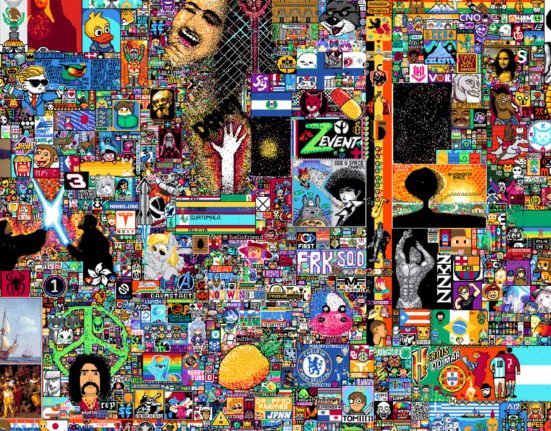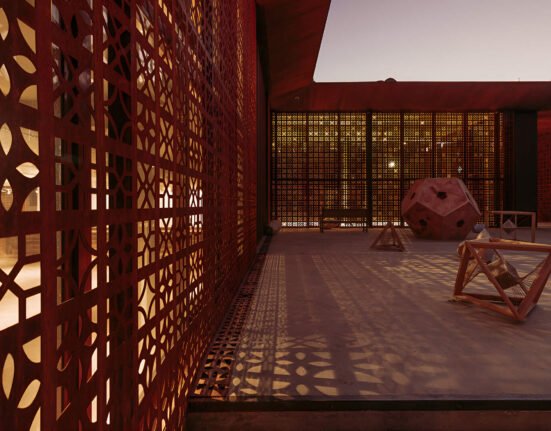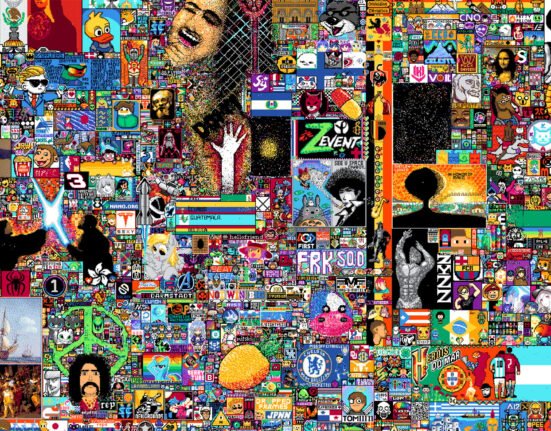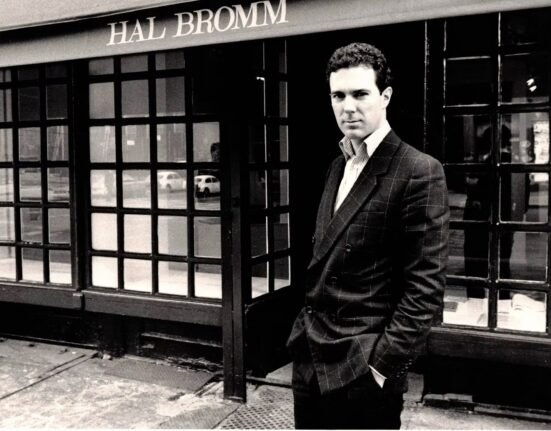Unlock the Editor’s Digest for free
Roula Khalaf, Editor of the FT, selects her favourite stories in this weekly newsletter.
Louis Kahn died in a lavatory at New York’s Penn Station in 1974. He was returning from India but the address in his passport had been mysteriously scratched out and his body remained unidentified for three days. It was an ignominious end for the man the New York Times called “America’s foremost living architect”.
At the time he was working on designs for the Yale Center for British Art, which opened to the public three years after he died and became his final museum building. His first museum stands just over the road in New Haven, the 1953 Yale University Art Gallery. When that opened it caused a scandal; its fiercely reductive brick wall was seen as an insult to the rich decoration of the elaborate building that it extended (surprisingly dating from only 25 years earlier yet full-on historical).
By the time the Yale Center opened to the public in 1977, Kahn had gone a little out of fashion, his monumental work looking ponderous and solemn compared to, say, the flamboyant glass and steel Centre Pompidou, which had opened a couple of months earlier in Paris. But now, almost half a century later, the Pompidou is having to undergo a huge refurbishment at the cost of hundreds of millions of euros. The YCBA meanwhile has just had its lamps and skylights updated for $16.5mn.

I’m underplaying, of course. As always with the conservation of modernist structures there is much complexity and unseen labour as well as an earlier restoration in 2016 that did a good deal of heavy lifting, but nevertheless Kahn’s museum building looks, I would argue, as contemporary as anything you might be able to build today. Walking around it and taking notes feels like reviewing a brand-new building, albeit an oddly familiar one.
One of its most striking facets is the contrast between the white oak-encased richness of its interior and the grey, steely coldness of its outside face. Clad in stainless steel panels and almost entirely flush with the glass and the shopfronts, it is a cool piece of contemporary urbanism that disguises the preciousness of the works inside, the finest collection of British art outside the UK, accumulated by American philanthropist Paul Mellon. It is also an extremely unusual exterior. Most museums revel in their own status in the street, jostling to be the main attraction. But here Yale was doing something new; with this building they crossed over Chapel Street, the historic border between the university and the town. As a result Kahn attempted to integrate this new building into the cityscape, not only as monument but as a functioning part of the commercial street.
The storefront and fascias, like the interiors, have been beautifully restored by architect George Knight, with no fuss and almost complete invisibility. All the building’s 224 acrylic skylights have been replaced with more robust polycarbonate domes and the light appears to have changed; cleaner, cooler. That’s accentuated by the updating of the museum’s lighting fixtures, the shapes and containers of which have been mostly retained, with the old halogen lights replaced by LEDs, creating a more neutral, albeit colder light (and a 60 per cent increase in energy efficiency).


The top floor is, as it always was, luminous. Huge concrete coffers funnel toplight in but every level is permeated by natural light thanks to Kahn’s unusual decision to design the galleries around a pair of atria. This means light trickles rather than floods in but it also creates a spatial awareness rare in museums, with the visitor always aware of their position in relation to those spaces. It is extremely easy to navigate and made even more so by the looming presence of the charismatic concrete stair core, a castle tower of a cylinder that stands as a sculptural presence in one of the atria.
If the building appears to have changed barely at all, the art has subtly shifted. The museum is opening with a pair of shows that oddly collide in Margate: Tracey Emin (who grew up in the coastal town) and JMW Turner (who spent much of his childhood there). For Emin this is, rather remarkably, her first museum show in the US and it is exactly what you might expect: profoundly personal, revealing, freighted with sex, sickness and emotion, striking graphic works displayed to their full effect. For Turner there must always be a problem of selecting from the nearly 3,000 works in the collection but the curators do well, embracing everything from early seascapes and epic roiling oceans to the fine inscribed lines of the engravings and prints that made his work so popular. A small sketchbook on display provides an astonishing burst of light and colour. Like Kahn, Turner was an artist preoccupied by light and the two square up in perfect balance.


An effort to counterbalance a picture of imperial power and elite portraiture arrives in the form of works by Cecily Brown and Yinka Shonibare, along with existing and restored works from the collection that throw new light on women artists (notably Mary Beale, 1633-99) and paintings illuminating aspects of British colonialism from tea to sugar plantations, from the Himalayas to the Caribbean; landscapes as maps of conquest and presence.
Kahn’s building is so good that it has become a little fetishised. You sense that the curators are almost frustrated at the art being overlooked by those who revere the setting. But it is a curious situation where the architecture is so successful precisely because it allows you to admire the art, as well as to see it in a wider context. Kahn was arguably the first major US architect to reject the modernism’s objectivity and modular rigidity in favour of something more archetypal and monumental, an architecture that was fiercely contemporary and yet which created spaces that were humane and often even familiar.

Here he used a Renaissance palazzo as a model, referring to the entrance atrium as a “cortile”. Now cleaned up and freer of stuff, those ideas become clearer. Much like in an Italian palace, this is a building at street level, with none of the steps of the traditional art museum but instead contiguous with the pavement. Free to enter and open to all, this is truly a public palace. And if there were ever any doubt about the nature of a building that appears to melt into the street with its storefronts and its unassuming cutaway entrance, that has now been addressed through the commission of a canary-yellow neon work by Tracey Emin: “I loved you until the morning”, scrawled in familiar angsty script transmuted into light. It shimmers through to Chapel Street, intriguing and inviting. Love become light seems a pretty gorgeous metaphor for one of the modern era’s most seductive museums.
Find out about our latest stories first — follow FT Weekend on Instagram and X, and sign up to receive the FT Weekend newsletter every Saturday morning







